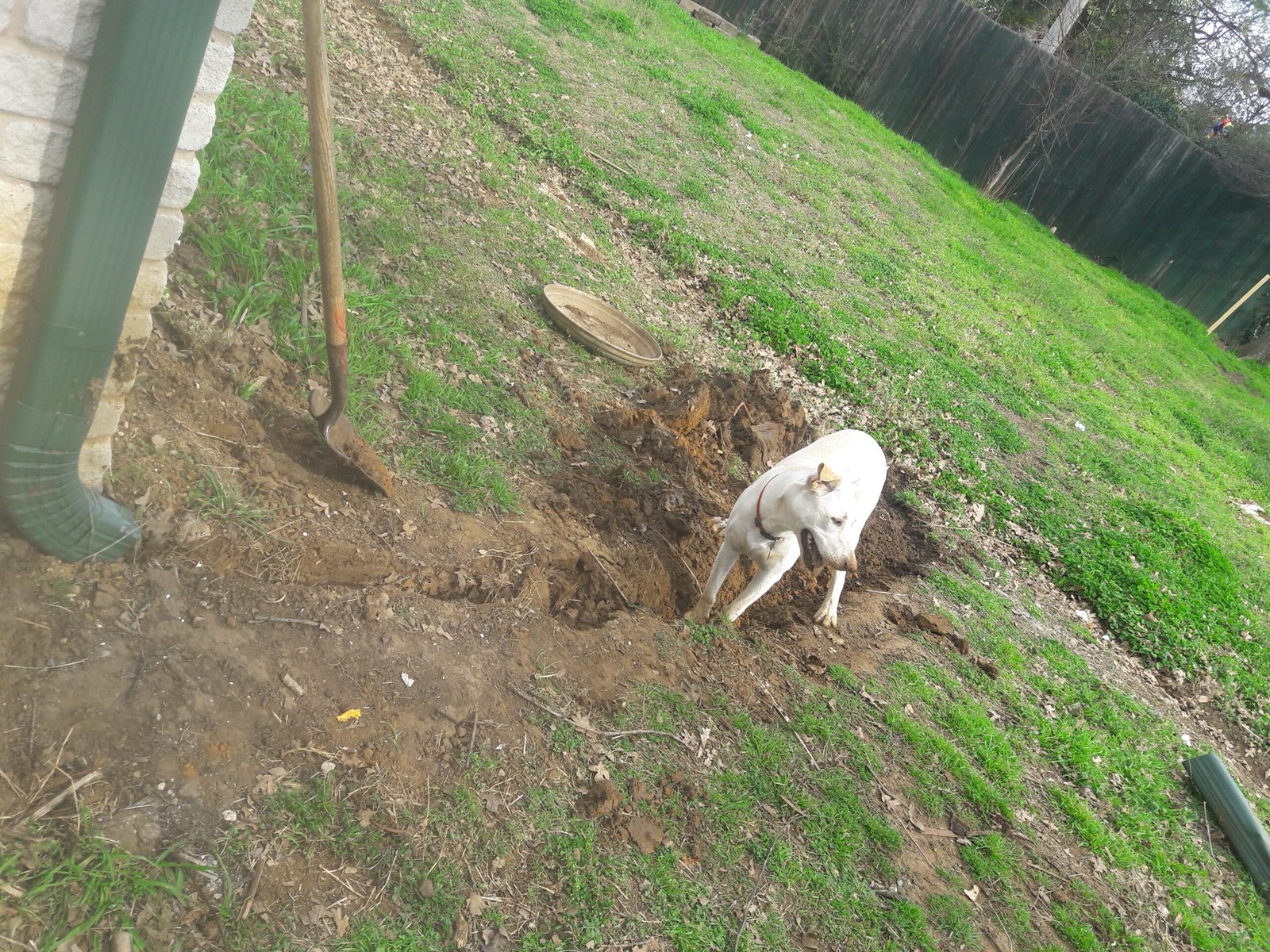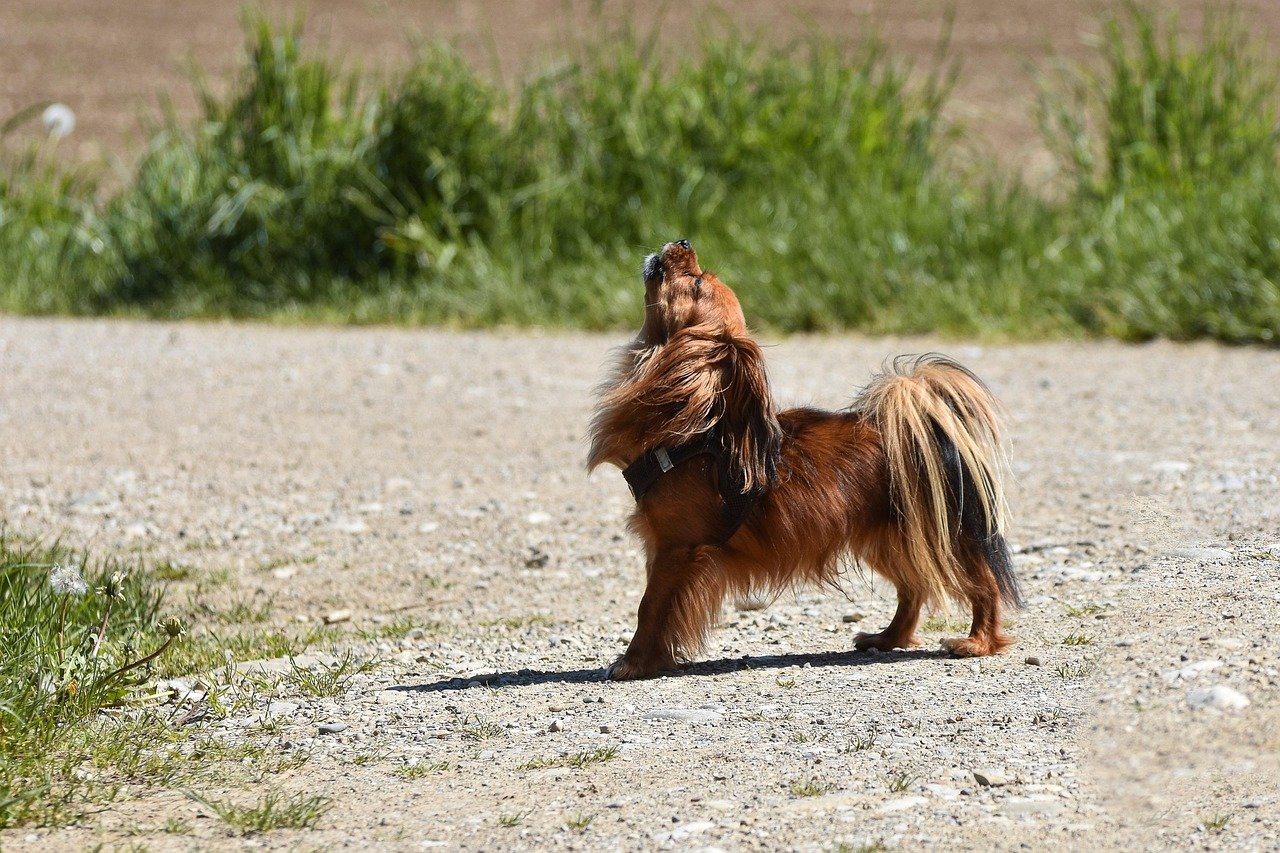Is your four-legged friend trying to tell you something, but you just can’t figure out what? Many dog lovers are surprised to learn that even the happiest-looking pups can hide their true feelings. Dogs, just like people, have emotions that sometimes go unnoticed. When our furry companions feel blue, their signals can be subtle, easy to miss, and sometimes even mistaken for bad behavior. Recognizing the signs of unhappiness in your dog can make all the difference in their well-being and the joy you share together. Let’s uncover the 8 most telling signs your dog may be feeling down and what you can do to bring their tail back to wagging.
Lack of Interest in Play or Walks

A happy dog usually bounces with excitement at the mention of walks or playtime. If your dog suddenly loses interest in favorite activities, it’s a clear red flag. Maybe you throw their beloved ball and they simply glance at it or choose to lay down instead. This behavior can feel heartbreaking, as if your once-joyful companion has lost their spark. Often, this withdrawal is a dog’s way of telling you they’re feeling out of sorts or even depressed. Sometimes it’s temporary, but if their indifference lasts more than a few days, it might be time to look closer. Dogs crave stimulation, and when they stop seeking it, it’s a powerful sign something is wrong. Remember, no dog turns down a game of fetch for no reason.
Changes in Appetite

Have you noticed untouched food bowls or your pup begging for snacks less than usual? Changes in eating habits can be a major sign your dog isn’t feeling themselves. Some dogs may eat less or skip meals altogether when they’re unhappy or stressed. Others may start overeating, using food as a comfort just like people sometimes do. Either extreme signals that your dog’s emotional balance is off. If your pup’s appetite changes abruptly, it’s important to pay attention. This warning sign can also point to physical health concerns, but when paired with other symptoms, it often means your dog’s mood is the real culprit.
Excessive Sleeping or Restlessness

A dog’s sleep patterns say a lot about their happiness. Dogs do love to nap, but there’s a big difference between normal snoozing and sleeping the day away. Unhappy dogs might sleep far more than usual, almost as if they’re retreating from the world. On the flip side, some anxious or upset pups become restless, pacing or struggling to settle down. If your dog seems unusually lethargic or can’t get comfortable, it’s a sign to take seriously. Changes in sleep can be a way for dogs to cope with stress or sadness, much like a human curling up after a tough day.
Withdrawing from Family Members
Dogs are naturally social creatures, and most thrive on attention and affection from their family. If your friendly pup suddenly becomes distant, avoids cuddles, or hides away, it’s a loud cry for help. This withdrawal isn’t the same as a dog who just likes alone time now and then. Instead, it’s a marked change—your dog may leave the room when you enter, refuse to snuggle, or even shy away from your touch. Such behavior can feel like rejection, but it’s really your dog’s way of saying, “Something isn’t right.” Emotional pain or stress can drive a once-cuddly dog to seek solitude for comfort.
Increase in Destructive Behaviors

When dogs are unhappy, their frustration can easily turn into trouble. Chewing shoes, digging holes, shredding furniture, or barking excessively are more than just naughty habits—they’re cries for attention. Dogs act out when they’re bored, anxious, or sad, using destruction as an outlet for pent-up emotions. If your dog is suddenly causing havoc at home, it’s worth asking what might have changed in their world. Destructive behavior is often a symptom, not the problem itself. Addressing the root cause of your dog’s unhappiness can help restore peace and save a few shoes along the way.
Frequent Licking or Chewing of Themselves
Dogs sometimes lick or chew themselves as a way to self-soothe. However, when this behavior becomes excessive, it’s a sign of emotional distress. You might notice your dog constantly licking their paws, gnawing at their tail, or worrying a particular spot on their body. Over time, this can lead to sore skin and even infections. It’s heartbreaking to see, but it’s your dog’s way of coping with feelings they can’t express in words. While some dogs lick due to allergies or skin issues, a sudden increase in this behavior often points to sadness or anxiety.
Sudden Aggression or Irritability
An unhappy dog may become short-tempered or even aggressive. This could mean growling, snapping, or reacting poorly to situations that previously didn’t bother them. For example, a dog who once tolerated children’s hugs might now shy away or snap. This change is startling, especially in dogs who have always been gentle. When dogs are emotionally overwhelmed, their tolerance for stress drops and they may lash out unexpectedly. It’s a sign that your dog’s internal world is out of balance, and they need your help to feel safe and secure again.
Unusual Vocalizations or Whining

A dog’s voice is a powerful tool for communication. If your dog starts whining, howling, or barking more than usual, it could be a sign they’re unhappy. These vocalizations may happen when you leave the house, during the night, or seemingly for no reason at all. Think of it as your dog’s version of crying—an emotional outpouring when words won’t do. It’s important not to ignore these sounds or simply label them as a nuisance. Often, your dog is reaching out for comfort, reassurance, or help in a world that suddenly feels less friendly.
If your pup is showing signs of unhappiness, don’t ignore those little clues—they’re trying to tell you something. Whether it’s extra sleep, loss of interest, or unusual behavior, your dog needs your love and attention more than ever. Small changes in routine, more playtime, or a vet check can make a big difference. A happy dog starts with a tuned-in human. After all, you’re their whole world!

Andrew Alpin from India is the Brand Manager of Doggo digest. Andrew is an experienced content specialist and social media manager with a passion for writing. His forte includes health and wellness, Travel, Animals, and Nature. A nature nomad, Andrew is obsessed with mountains and loves high-altitude trekking. He has been on several Himalayan treks in India including the Everest Base Camp in Nepal.






